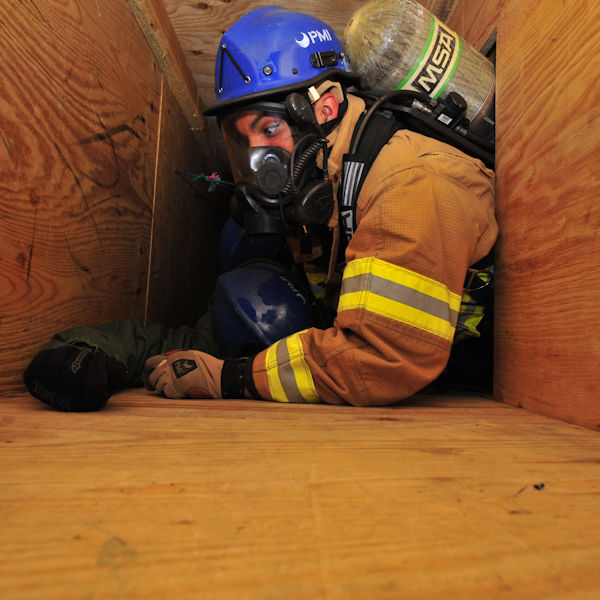Crawl Spaces and Attics
Crawl spaces and attics can be both confined spaces and permit-required confined spaces under the new standard. For instance, working in an attic and applying a large amount of spray foam (or another chemical) in a short period of time can expose a worker to low oxygen levels or a hazardous atmosphere.
Also, changes to the entry/exit, the ease of exit, and airflow could create a confined space or cause the space to become permit-required.
Hazards in Crawl Spaces and Attics
Crawl spaces can present many confined space hazards, including:
- Atmospheric hazards (e.g., flammable vapors, low oxygen levels)
- Electrocution (e.g., using electrical equipment in wet conditions, unprotected energized wires)
- Standing water
- Poor lighting
- Structural collapse
- Asbestos insulation
- Heat/cold stress
Working in attics can also present confined space hazards, such as:
- Atmospheric hazards (e.g., poor ventilation)
- Heat/cold stress
- Mechanical hazards (e.g., attic ventilators, whole house fans)
- Electrical hazards (e.g., damaged or frayed wires, open electrical boxes)
- Slip, trip and fall hazards
- Asbestos insulation
Knowledge Check Choose the best answer for the question.
5-5. Which of the following hazards is typically found in crawl spaces?
You forgot to answer the question!

